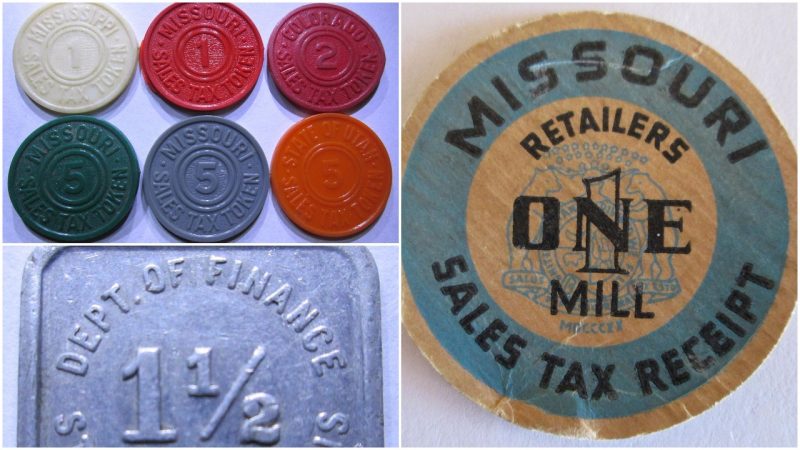During the years of the Great Depression in many American states sale tax tokens were used as a fractional cent devices, used to pay sale tax on small purchases. Sale tax tokens were initiated so the consumers could avoid being overcharged by paying a full penny tax on a purchase of 5 or 10 cents.
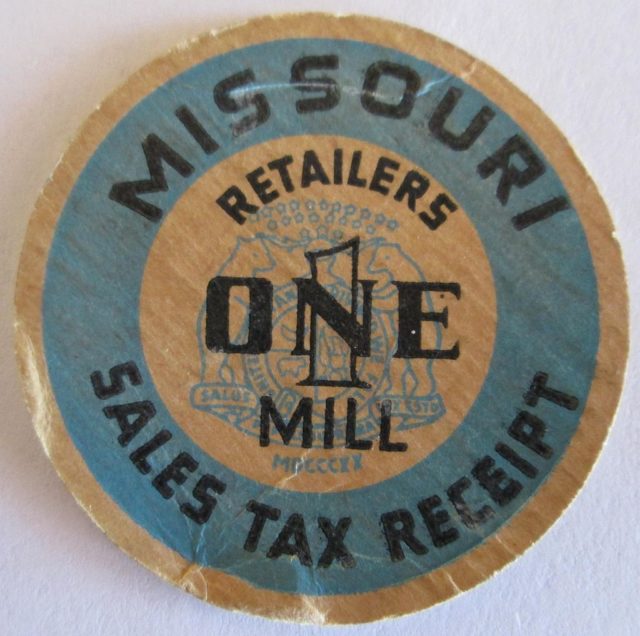
In the summer of 1914, before the outbreak of the First Wolrd War,only the Philippines and Mexico made use of a general sales tax for national finance
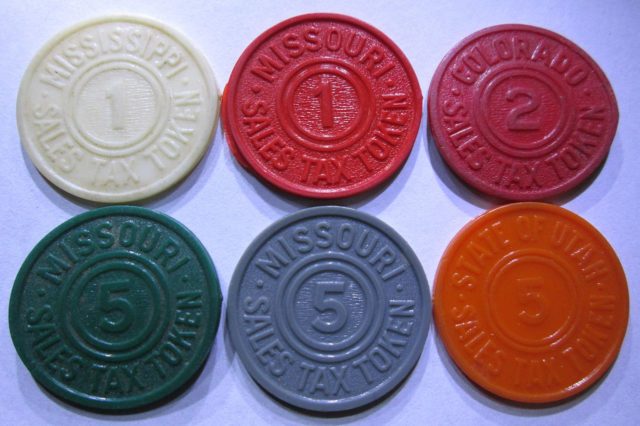
In 1921, there was an effort to implement a 1% sale tax in the United states attaching to the 1021 national revenue bill. Despite that this proposal was defetead by an alliance of farmer and labor interests, West Virginia implemented the 1% national sale tax.
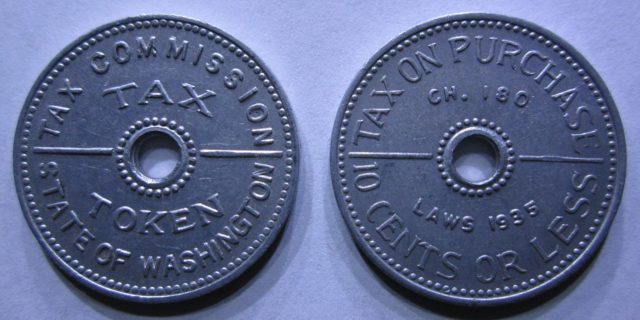
A tide of sales tax adoptions, spurred on by the serious fiscal crisis followed Georgia’s early adoption of a sales tax in 1929, as unemployment skyrocketed, income tax revenue defaults on property taxes and plummeted spiked.
The year 1933 saw the adoption of sales taxes in no fewer than 11 additional states, including such as Michigan, Illinois, California, and The Big Apple. The sales tax would be enshrined as a basis of American state government finance with that date.
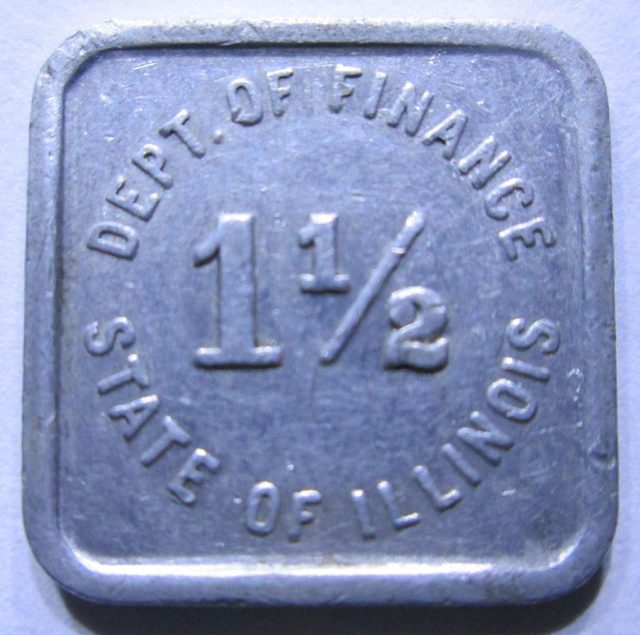
Tax tokens were commonly regarded as a problem and eventually were replaced in short order by the bracket system of sales tax collection. By the end of the 1930, tax tokens were entirely eliminated in most of the issuing states.
